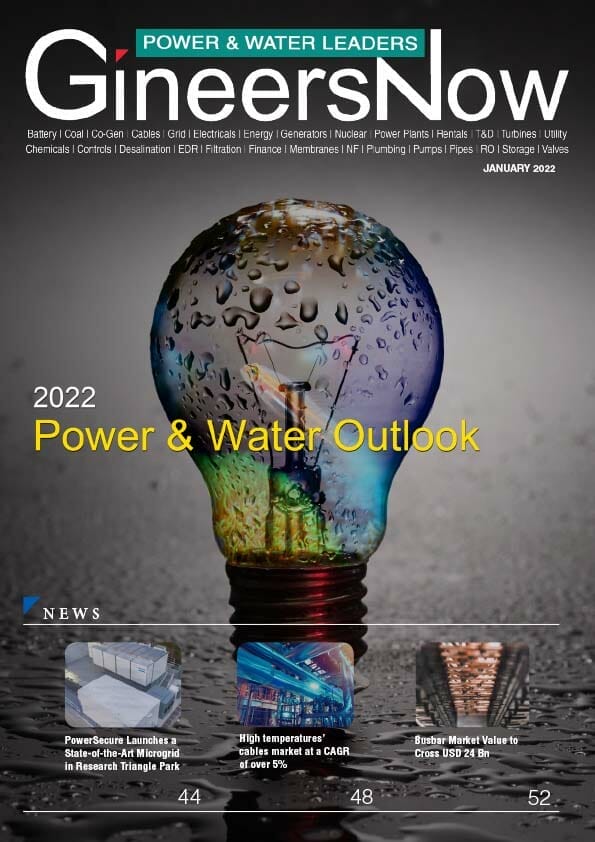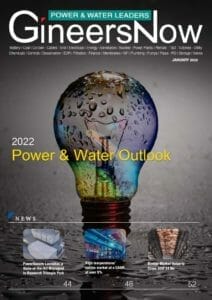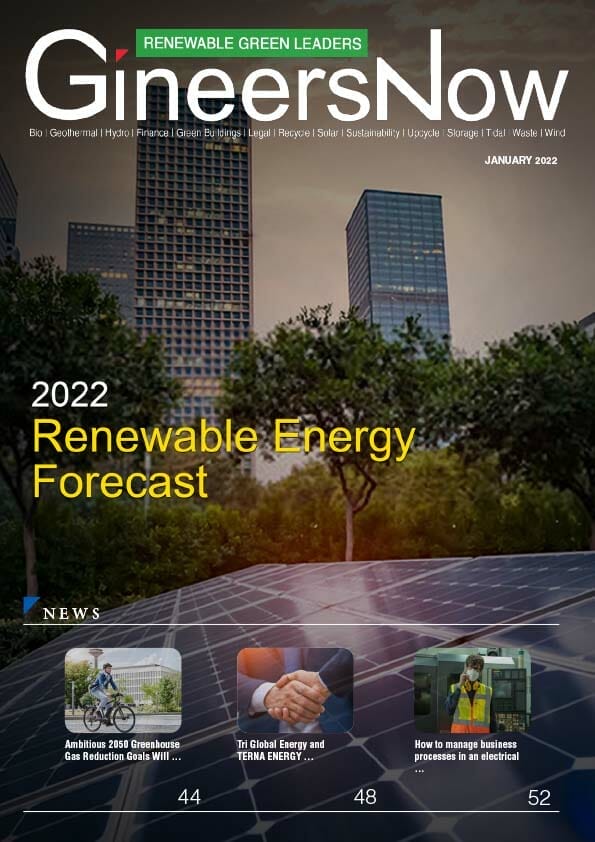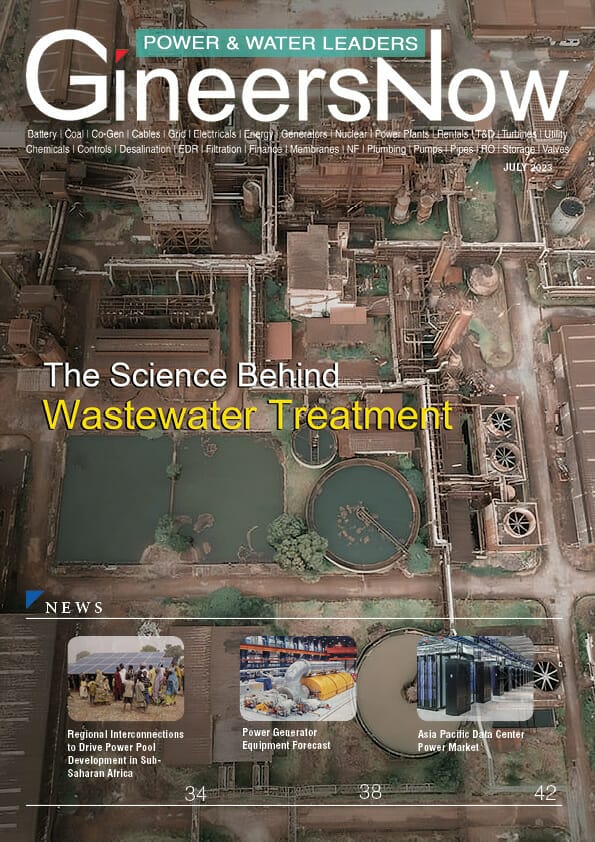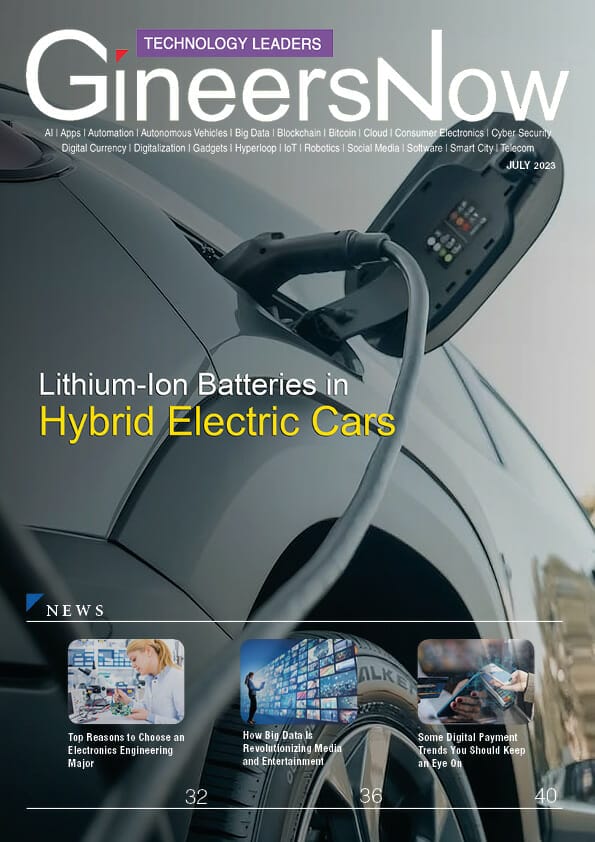2022 Electricity & Water Outlook
Power and utility companies surpassed significant obstacles in 2021, made remarkable progress, and were encouraged by the new administration to pursue a clean energy future. In August 2021, the US economy started to recover from the pandemic-induced slump, resulting in an increase in electricity sales of 3.8 percent.
However, at the same time, unprecedented and unpredictable extreme weather events posed a threat to the grid’s reliability and resilience, while cyberattacks on critical infrastructure gained prominence. To address these issues, a group of the nation’s largest utilities broke another annual CAPEX record in 2021, spending an estimated $142 billion to upgrade and modernize the grid and include renewable energy, an increase of 9.2% over 2020.
Additionally, rising wholesale natural gas prices contributed to an increase of 4.4 percent in average retail electricity prices through August, compared to the full year 2020. Meanwhile, natural gas remained the dominant energy source, accounting for 35% of electricity generated in the first half of 2021, followed by renewables at 23%.
The industry made significant progress in its quest to provide cleaner electricity after it added 13.8 GW of solar and wind capacity in the first six months of 2021, an increase of approximately 28% over the same period in 2020. As part of its decarbonization plan, the Biden administration re-joined the Paris Agreement, committed to 100 percent carbon-free electricity by 2035, and increased infrastructure spending through executive orders and regulatory changes.
In 2022, the difficult challenges remain—improving clean energy production, ensuring reliability and resilience, and ensuring security—all while keeping costs low. To meet this lofty goal, the electric power industry is likely to continue its “3D” transformation, which includes decarbonization, digitalization, and decentralization.
We’ll be watching for advancements in technology deployment and market evolution. Industry spending is expected to remain high, and the penetration of renewable energy sources may continue to increase. And capital injections from federal or state governments could further amplify industry’s progress.
Deloitte explored five trends that will likely impact the industry in 2022, from enhancing decarbonization and resiliency strategies, to deploying 5G and cloud technologies, to harnessing flexible load and supporting building electrification.


